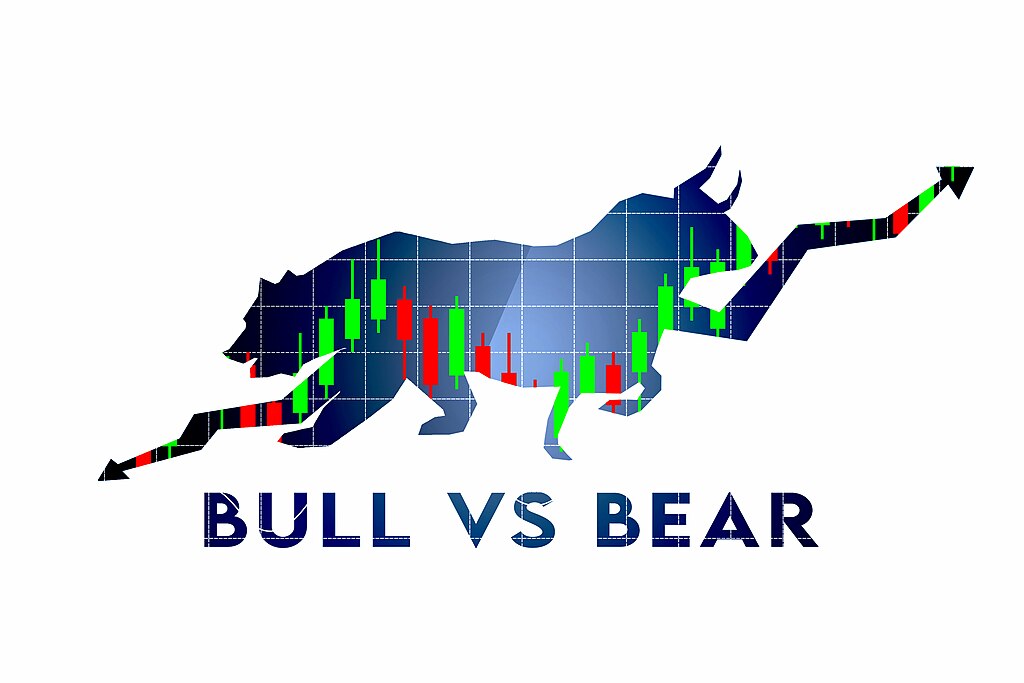Bitcoin's price has unexpectedly fallen by 11% since the halving on April 20, stirring concerns among investors hoping for a post-halving surge. According to CoinGecko, Bitcoin dropped below $57,000 on May 1.
Post-Halving Price Plunge: Bitcoin's Unexpected Decline Challenges Market Expectations
In a recent report by Cointelegraph, Bitcoin's price has fallen substantially recently, raising fears among many who expected it to skyrocket following its fourth halving. Bitcoin's price has plummeted by 11% since the halving on April 20 at 12:09 a.m. UTC.
On the halving day, Bitcoin was trading at around $64,000. Following the halving, Bitcoin experienced a brief rise, reaching a high of over $67,000 on April 22. However, it has been gradually dropping off, falling below $57,000 on May 1, according to CoinGecko data.
On May 1, Bitcoin was trading at $57,362, down around 7% in the last 24 hours and more than 17% in the previous 30 days. The sudden decrease in Bitcoin's price following the halving may have startled those who expected it to grow in the aftermath, as seen in some prior halving-linked cycles.
Breaking Historical Trends: Current Bitcoin Halving Cycle Defies Past Patterns
Bitcoin halvings have been historically associated with post-event rallies, usually coming about a year or later. For example, Bitcoin skyrocketed about 3,000% in 17 months after halving in 2016, reaching a milestone of $20,000 in December 2017.
However, the current cycle of Bitcoin halving differs significantly from previous cycles. One notable distinction is that Bitcoin underwent an incredible bull run before the fourth halving, reaching a new all-time high just before the event. A price trend like this has never been observed in Bitcoin's history.
"What's unique about this latest Bitcoin halving is the incredible bull run and price action leading up to it. Even considering this recent pullback, Bitcoin has still been up 35% since the start of the year," Quantum Economics founder Mati Greenspan told Cointelegraph.
Greenspan stated that the present reduction in the price of Bitcoin was partially expected in light of a decline in the stock market and economic situations, saying:
"Considering the expectation of yet another Fed pivot and what's happening in the stock market, Bitcoin's current price action is hardly a surprise. We'll be a lot smarter about that later today, though."
Some cryptocurrency analysts had already anticipated that Bitcoin would fall after the fourth halving. In March 2024, JPMorgan analysts estimated it would fall to $42,000 following the catastrophe.
According to 10x Research CEO and chief analyst Markus Thielen, Bitcoin might fall to $52,000. The expert believes the recent increase was driven mainly by the inflow of capital into Bitcoin exchange-traded funds (ETFs), which has slowed significantly over the last month.
Some observers, including finance researcher Lyn Alden, believe that Bitcoin will reach new highs in 2024 for reasons other than halving and US ETFs.
Photo: Microsoft Bing



























Comment 0